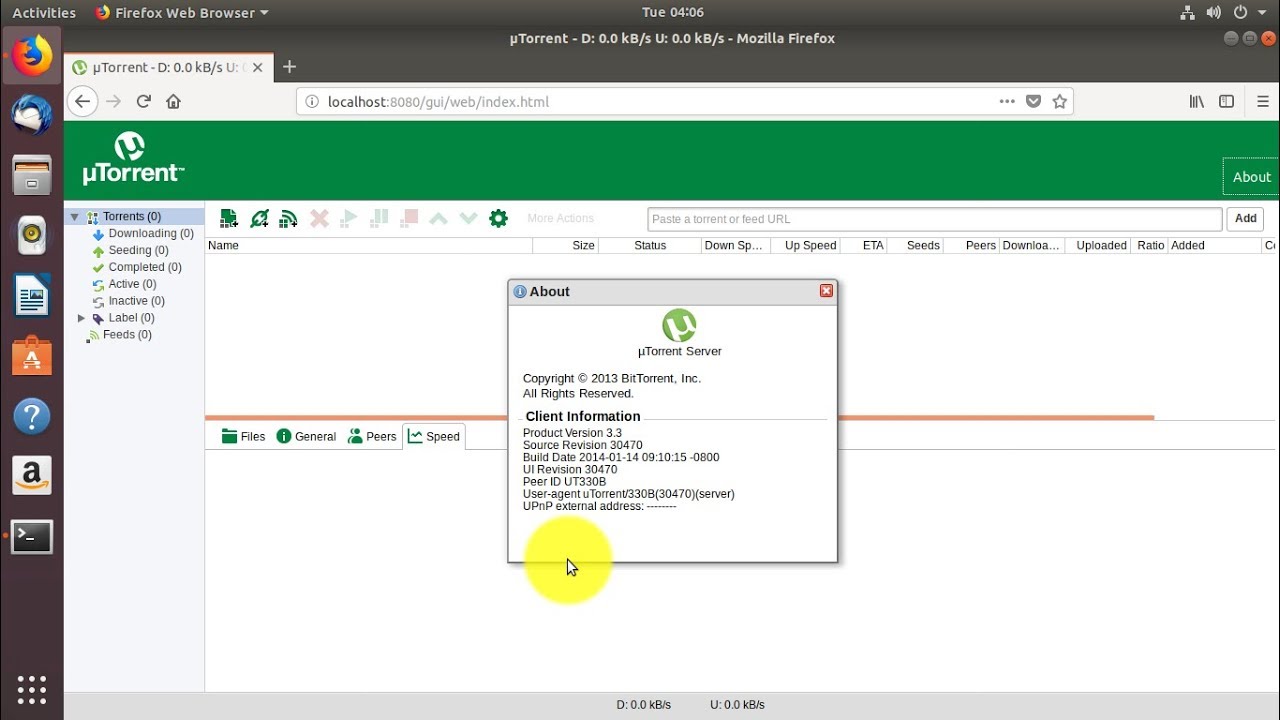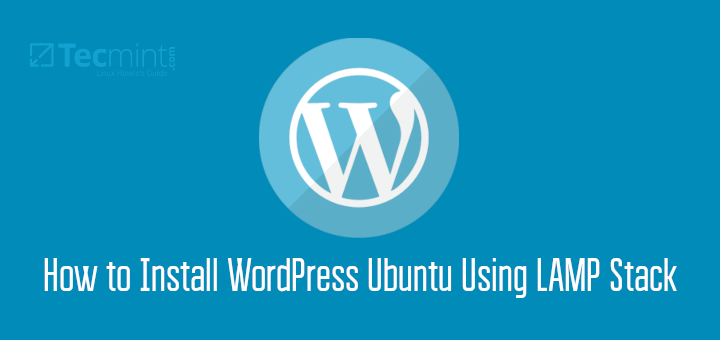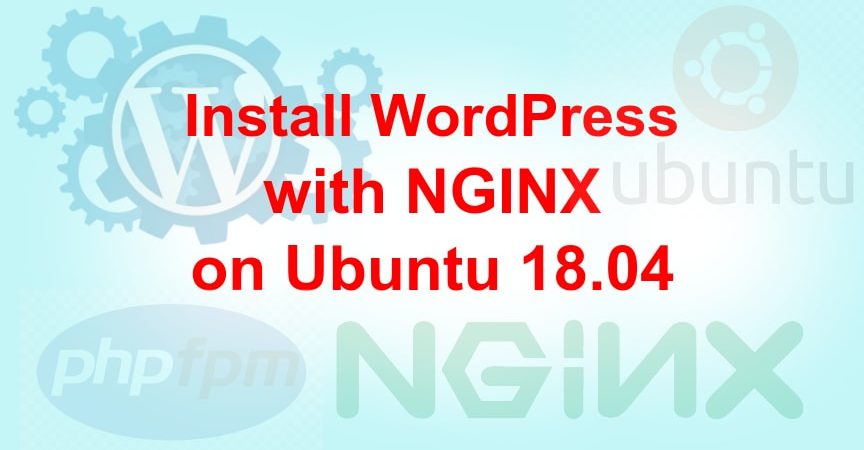

Those details will only be stored locally in the. Sometime during the installation you’ll be prompted for a username and an email address.

To perform the automated install, run the following command, which downloads and runs the WordOps install script.
#Download and install wordpress on ununtu 18.04 update#
įirst we’ll update the server’s software package index: sudo apt update If you’re interested in one of those methods, then you can find the instructions in the installation documentation. There are also the options of cloning the repository from Github or installing it manually. We’ll install WordOps using the provided installer script, so all the dependencies and WordOps are installed automatically. This is because when you’re acting as root you run the risk of harming your system if you’re not careful. We recommend being logged in as a non-root sudo user.If you plan to have a larger, more dynamic site then we recommend 2GB+ RAM Access to a server running Ubuntu 20.04, with at least 1GB RAM.If you’re convinced that WordOps is a good choice for you, then let’s see in a bit more detail how it can help you to manage/configure/install WordPress. They’re laid out in a very straightforward manner. I try to explain those options further down in this tutorial, and you definitely should check all of them in the WordOps docs. If you’re not familiar with the options you’ve seen in that command, then I highly recommend you take just a bit of time to understand what they mean, and what alternatives you have to those options, so you can configure the installation to your specific needs. That video is primarily to demonstrate how fast and easy you can set up an optimized WordPress install using WordOps.

I believe this is an isolated case, in many other instances you’re done in less than 5 minutes. It took about 7 minutes, but only because of waiting for WordOps and it’s dependencies to be downloaded and installed. The entire process took only a few commands and filling out input when prompted. In this demo I’m using a server running Ubuntu 20.04 with 2GB RAM from DigitalOcean, and I’ve set up WordPress on a personal domain To get to the point early on, so you can decide if this tutorial is right for you, let’s start with a quick video demo on how we can quickly set up a WordPress website.


 0 kommentar(er)
0 kommentar(er)
